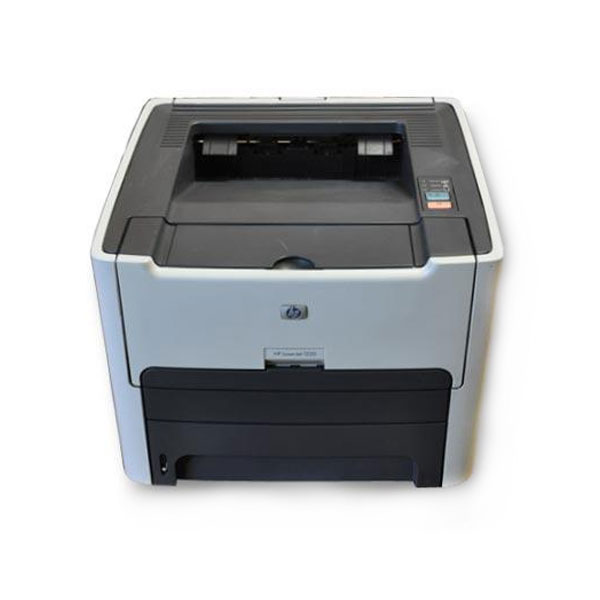In today's world, where environmental concerns are paramount, finding sustainable solutions in every aspect of our lives has become crucial. Packaging, being an integral part of product delivery, plays a significant role in the overall environmental impact. This blog post aims to explore various types of environmentally friendly packaging options, their benefits, and their suitability for different industries.
- Biodegradable Packaging:
Biodegradable packaging refers to materials that can naturally break down and decompose into harmless substances over time. These materials, such as plant-based plastics, paper, and cardboard, offer a sustainable alternative to traditional packaging. They reduce the reliance on non-renewable resources and minimize waste accumulation in landfills. - Compostable Packaging:
Compostable packaging goes a step further by not only breaking down but also enriching the soil when composted. Made from organic materials like cornstarch, sugarcane, or bamboo, these packages can be safely returned to the earth through industrial composting processes. They provide a closed-loop solution, promoting circular economy principles. - Recyclable Packaging:
Recyclable packaging materials, such as glass, aluminum, and certain types of plastics, can be collected, processed, and transformed into new products. Recycling reduces the demand for raw materials, saves energy, and minimizes waste. However, it is essential to ensure proper sorting and recycling infrastructure to maximize the effectiveness of this packaging option. - Reusable Packaging:
Reusable packaging offers a sustainable alternative to single-use packaging. By designing durable and refillable containers, companies can significantly reduce their environmental footprint. Examples include glass jars, stainless steel bottles, and fabric bags. Encouraging consumers to return and reuse these packages can create a more sustainable and cost-effective supply chain. - Minimalist Packaging:
Minimalist packaging focuses on reducing the overall material usage and waste generation. By eliminating unnecessary layers, excess space, and non-recyclable components, companies can optimize packaging efficiency. This approach not only reduces environmental impact but also enhances brand image by showcasing a commitment to sustainability.
Conclusion:
As consumers become more environmentally conscious, businesses must adapt and prioritize sustainable packaging solutions. Biodegradable, compostable, recyclable, reusable, and minimalist packaging options offer a range of eco-friendly alternatives. However, it is crucial to consider the specific requirements of each industry and product to determine the most suitable packaging type. By embracing these environmentally friendly options, companies can contribute to a greener future while meeting consumer demands.


